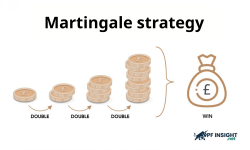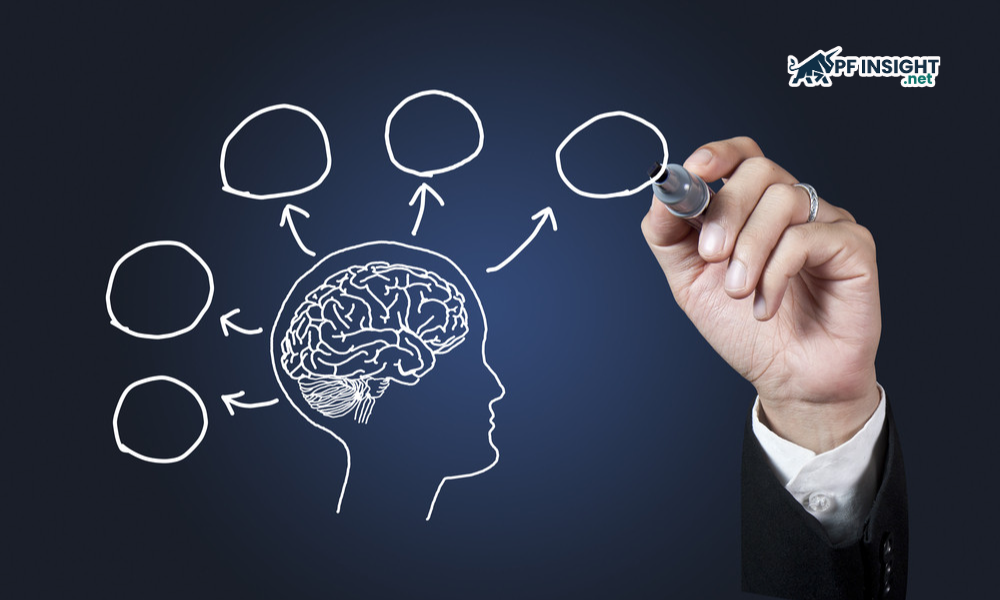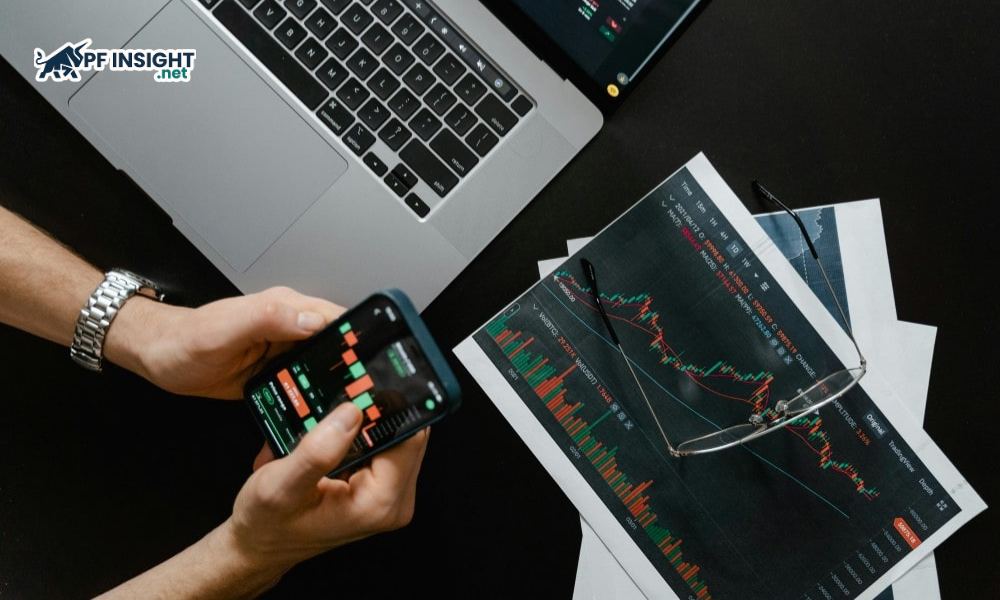What are trading models? The financial market is becoming increasingly dynamic, attracting a growing number of traders who buy and sell financial instruments for profit. However, it remains one of the most volatile and high-risk environments, requiring traders to manage their emotions and execute trades strategically. To address this challenge, trading models were developed to support traders in analyzing market behavior and making data-driven decisions.
In this article, Pfinsight.net will help you explore what trading models are, their key characteristics, and the most popular and effective types of models used in modern trading.
- The Martingale strategy explained: Risks, rewards, and real use cases
- MetaTrader 5 vs cTrader: Which platform is better in 2025?
- Top 5 most common Reversal Candlestick Patterns explained for smart trading
What are trading models?
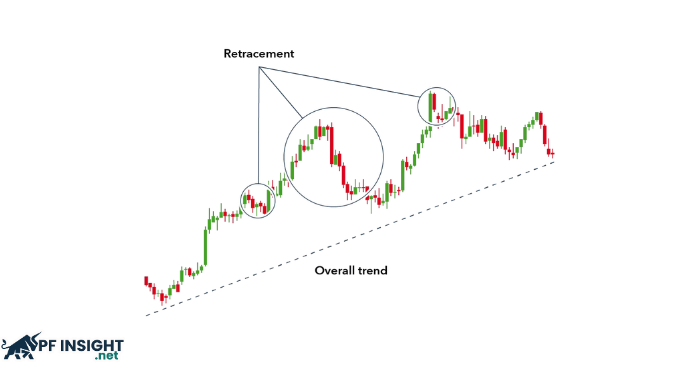
Trading models are frameworks, strategies, or systems built based on historical data, price behavior, and market psychology. Their primary goal is to help traders identify trends, predict potential movements, and make more accurate trading decisions.
A trading model can be developed using three main approaches:
- Technical analysis: Uses charts, indicators, and price patterns to determine market direction.
- Quantitative models: Based on statistical data, probability, and algorithms to uncover market rules.
- Behavioral models: Focus on investor psychology, emotions, and crowd reactions.
By combining data science with behavioral finance, trading models have become an essential tool for understanding what trading models can teach you about market behavior.
Popular trading models and the lessons they offer
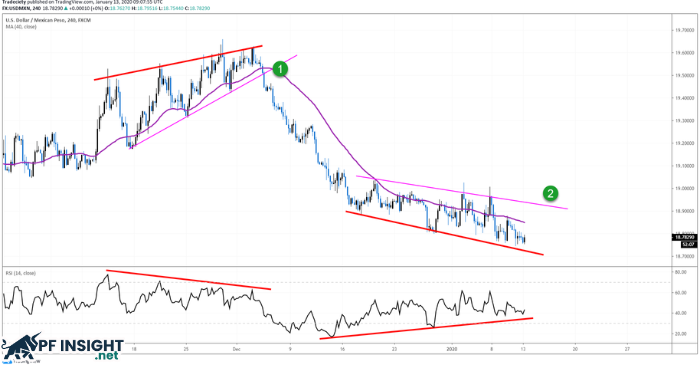
Trend-following model
This model teaches that “the market tends to continue moving in its current direction rather than reversing immediately.”
When prices are rising, buying pressure increases due to the FOMO (fear of missing out) effect. Conversely, during downtrends, fear drives many investors to sell rapidly.
Example: If gold prices are in an uptrend, traders using this model look for buying opportunities during short-term pullbacks.
Mean reversion model
According to this model, prices tend to return to their average after strong fluctuations. The market often overreacts to both positive and negative news, creating trading opportunities for those who recognize when prices move too far from fair value.
Breakout model
A breakout model focuses on price behavior when key support or resistance levels are breached.
When a breakout occurs, crowd psychology shifts from hesitation to conviction, often causing spikes in both volume and volatility – a clear sign of collective belief and momentum.
Contrarian model
Contrarian traders go against the crowd by identifying opportunities when the majority is driven by emotion.
While the market itself is never wrong, the crowd can be.
Successful contrarian traders understand when to act against prevailing sentiment to gain a competitive edge.
Quantitative model
This model relies on big data, statistics, and algorithms to uncover hidden patterns within the market.
Market behavior isn’t always random – recurring trends can often be detected through data analysis and machine learning.
What trading models can teach you about market behavior
When studying trading models, you learn far more than just when to enter or exit a trade.
Each model reflects a piece of the larger puzzle that is market psychology – where human emotion plays a central role.
Here’s what trading models can teach you about market behavior:
Understanding crowd psychology
The financial market doesn’t operate purely on logic – it’s heavily influenced by emotions such as fear, greed, and hope.
Trading models reveal how these emotions manifest through price patterns and volume movements, helping traders recognize behavioral trends.
Recognizing pattern repetition
One of the key lessons trading models teach is that history tends to repeat itself.
Investor behavior in the past creates recognizable price patterns, and when similar emotions arise again, those same patterns often reappear.
Practicing emotional discipline
Traders who lack emotional control often fall victim to impulsive decisions.
Trading models encourage data-driven, logical decision-making, reducing the impact of emotional bias.
Building long-term strategies
Understanding market behavior through trading models allows traders to create sustainable trading systems.
Instead of relying on luck or rumors, decisions are grounded in research, statistical data, and behavioral principles.
Advantages and risks of using trading models
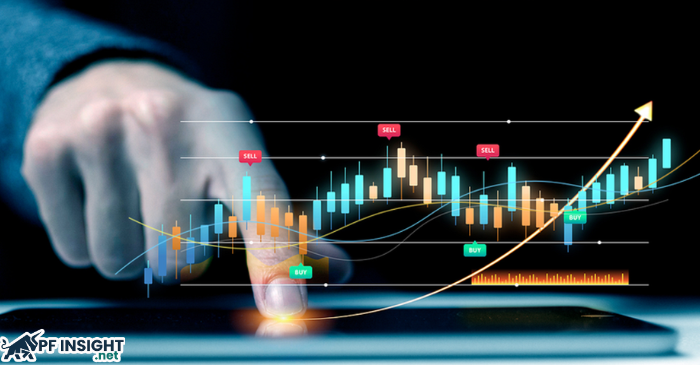
Advantages
Objective trading signals
Trading models remove emotional bias from decision-making. Signals are generated based on data and logic, helping traders maintain discipline and consistency.
Better risk management
By using quantitative data and backtesting, models help identify optimal stop-loss and take-profit levels, improving capital management and reducing potential losses.
Automated trading
Trading models can be programmed to execute trades automatically, saving time, minimizing human error, and increasing efficiency.
Long-term consistency
A well-designed model helps traders follow their strategy systematically, leading to more stable and predictable results over time.
Risks
No model is perfect
The market is unpredictable. A model that performs well today might fail under different conditions tomorrow.
Dependence on data and technology
If input data is flawed or algorithms are outdated, results can be misleading and costly.
Misapplication in the wrong context
Each model works best under specific market conditions. Using a strategy blindly without understanding its context can lead to losses.
Conclusion
Trading models are powerful tools for understanding what trading models can teach you about market behavior. However, success depends on more than just following signals – it requires combining models with experience, adaptability, and critical thinking.
Once you truly understand the psychology of the market through these models, you’re no longer just reacting to signals – you’re reading the language of the market itself.


